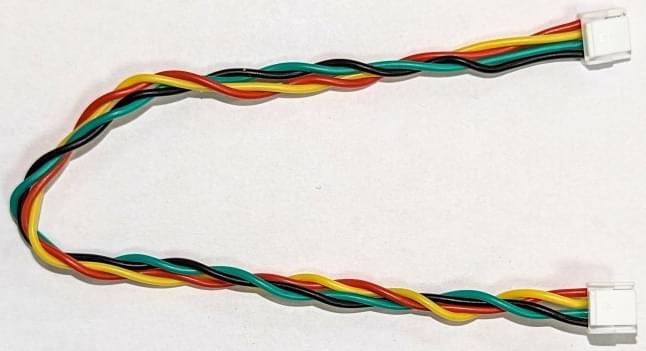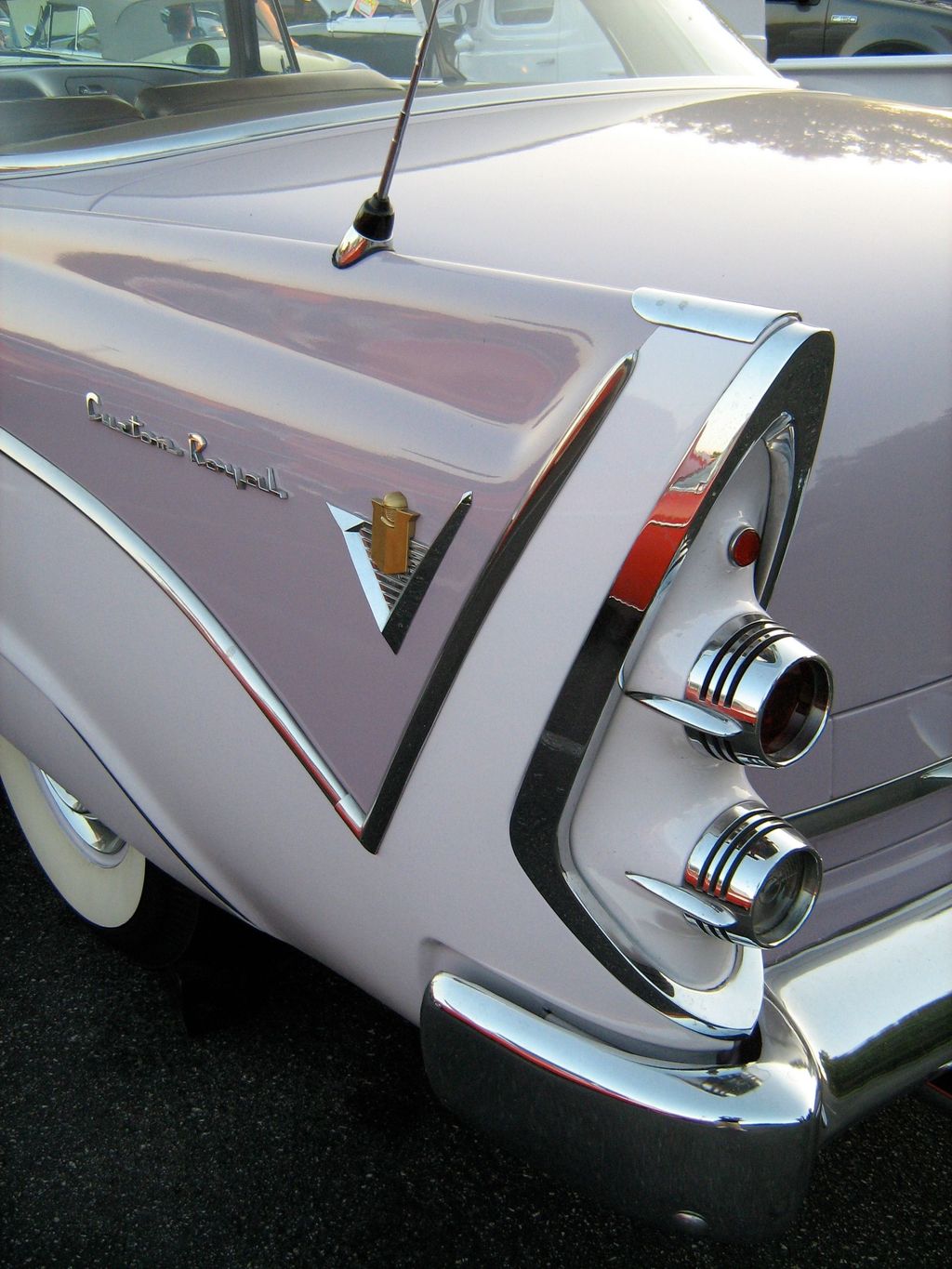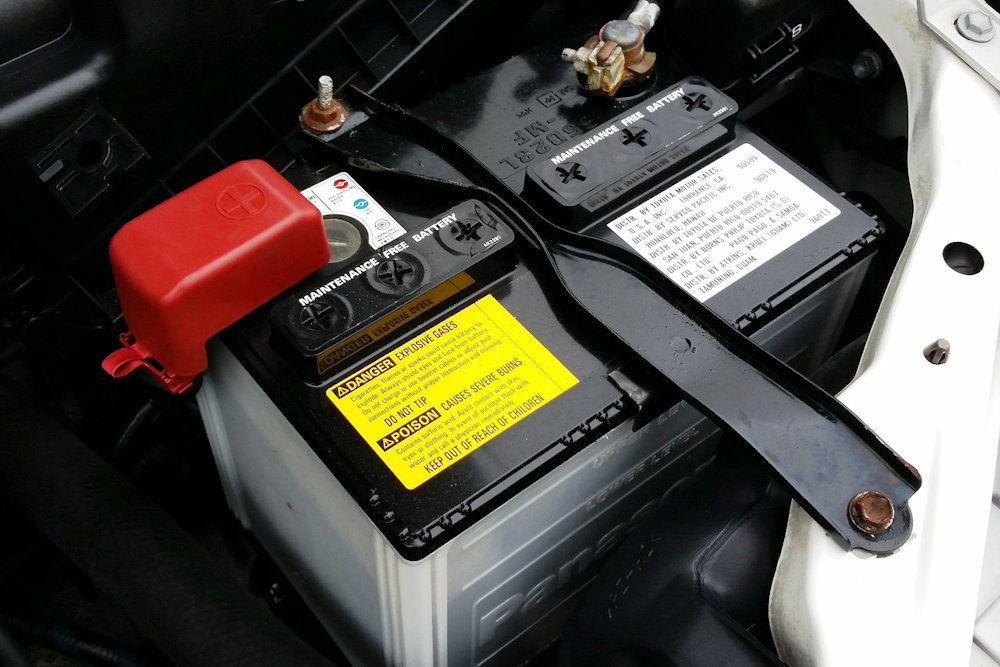
Few things can truly sour your day like turning the key in the ignition and being met with nothing but silence. A dead car battery is a universal frustration, and while a jump-start offers a quick path back to functionality, it’s a process that demands respect and precision. What seems like a straightforward task—connecting a couple of cables—is, in fact, a delicate dance with electricity that, if misstepped, can lead to serious consequences ranging from fried electronics to personal injury.
As seasoned mechanics, we’ve witnessed firsthand the fallout from well-intentioned but improperly executed jump-starts. The inherent risks stem from transferring significant electrical power between vehicles. Errors can damage vital components like the alternator, the battery itself, or even the sophisticated onboard computer systems that govern modern cars. More alarmingly, improper connections can trigger dangerous sparks or even battery explosions, turning a minor inconvenience into a major catastrophe.
This in-depth guide is designed to equip you with the essential knowledge needed to safely and effectively revive a dead battery, but more importantly, to help you recognize and avoid the most prevalent and perilous mistakes people make. Understanding these common pitfalls isn’t just about saving yourself time and money; it’s about protecting your vehicle, yourself, and anyone assisting you. Let’s delve into the crucial errors that can transform a simple fix into an expensive repair bill or a trip to the emergency room, ensuring your next jump-start is a success, not a disaster.
1. **Reversing the Cable Connections**One of the most catastrophic errors you can make when jump-starting a vehicle is reversing the cable connections, mistakenly attaching positive to negative or vice versa. This seemingly simple mix-up can unleash a cascade of damaging effects, including a short circuit that can instantly damage the battery, the electrical systems of both vehicles, or even lead to a dangerous explosion. The immediate consequence of reversed polarity is often a significant spark, which can ignite flammable hydrogen gases that accumulate around the battery terminals.
Such an event is not just startling; it poses a severe fire hazard. When an electrical current flows in the opposite direction of its intended path, it can overwhelm sensitive electronic components within the car’s computer system, leading to malfunctions or complete failure. Modern vehicles are packed with sophisticated circuitry, and a sudden, incorrect surge of electricity can permanently incapacitate expensive modules, transforming a simple battery issue into a complex and costly repair.
To mitigate this severe risk, it is absolutely paramount to double-check the markings on both the battery terminals and the jumper cables before making any connections. The positive terminal is always marked with a plus sign (+) and is typically larger, while the negative terminal is marked with a minus sign (-). Ensure that the red clamp always connects to the positive terminal and the black clamp to the negative or a ground point. Some portable jump starters now include reverse-polarity protection, which prevents the unit from energizing if the clamps are incorrectly placed, offering an extra layer of safety for peace of mind.
The potential for sparks flying due to reversed polarity is a significant safety concern, particularly because of the presence of battery acid and hydrogen gas. Battery acid is highly corrosive and toxic, and any explosion could spray it onto skin or eyes, causing severe injury. Always take a moment to confirm your connections. This small act of vigilance can prevent significant damage to your vehicle, costly repairs, and potential personal injury, underscoring why this is at the top of the list of mistakes to avoid.
Ultimately, the integrity of your vehicle’s electrical system, and indeed your personal safety, hinges on the correct execution of this fundamental step. Rushing through the connection process or failing to verify each terminal’s polarity is a gamble with incredibly high stakes. By meticulously following the positive-to-positive and negative-to-negative (or ground) rule, you dramatically reduce the risk of a dangerous short circuit and protect your car’s vital components from irreversible harm, ensuring a safe and successful jump-start.
Read more about: Tech Trouble in Every Drive: 12 Vehicle Infotainment Glitches Drivers Report as Most Frustrating
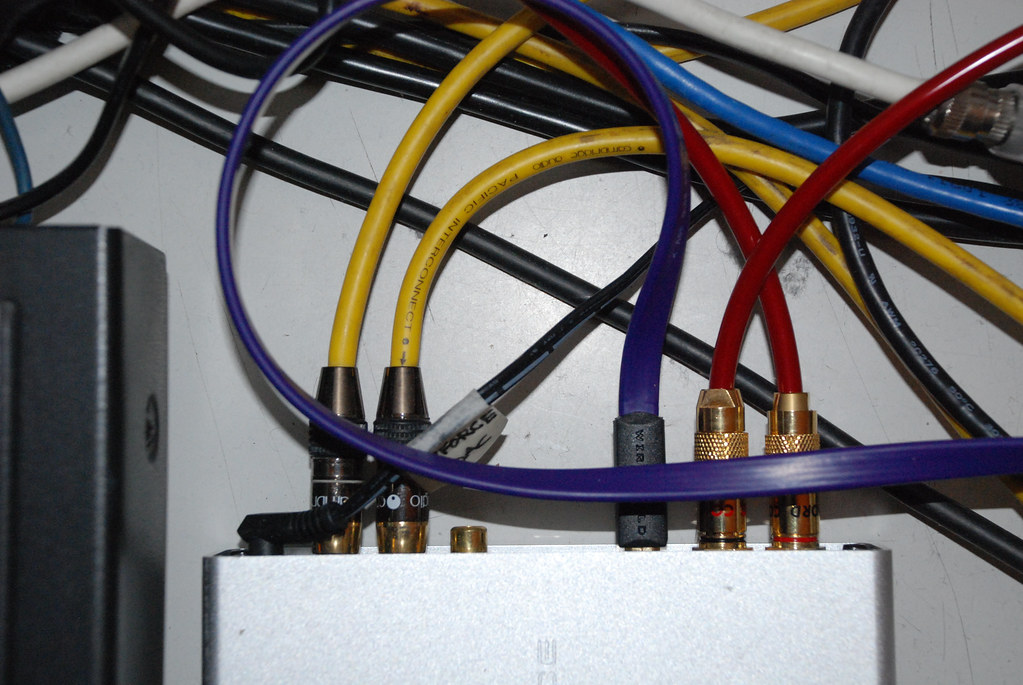
2. **Not Following the Correct Cable Order**Beyond simply avoiding reversed polarity, many drivers overlook the critical importance of connecting the jumper cables in a precise sequence. The order in which the four clamps are attached and removed is not arbitrary; it’s a carefully designed procedure to prevent sparks, electrical surges, and potential damage to either vehicle’s electrical system. Deviating from this established sequence can introduce unnecessary risks, even if the individual connections are otherwise correct in terms of polarity.
The correct sequence begins by attaching one red clamp to the positive terminal (+) of the dead battery. This establishes the initial connection to the power-hungry vehicle. Next, the other red clamp goes to the positive terminal of the working battery in the assisting vehicle. At this point, a positive circuit is established, allowing electricity to begin flowing to the dead battery, but the circuit is not yet complete or grounded.
The third step is to attach one black clamp to the negative terminal (-) of the working battery. This solidifies the ground for the donor vehicle. The final, and arguably most crucial, step is to attach the remaining black clamp to an unpainted metal surface on the engine block or car frame of the vehicle with the dead battery, ensuring it’s away from the battery itself. This grounding step is specifically designed to dissipate any potential sparks away from the battery, where explosive hydrogen gases might be present.
Many common mistakes arise when people connect the negative cable directly to the negative terminal of the dead battery. While it might seem logical, this greatly increases the risk of sparking directly over the battery, which, as mentioned, can ignite hazardous gases. The correct grounding method minimizes this risk by completing the circuit through the car’s chassis, providing a safer path for the electricity. Once the jump-start is successful, the cables must be disconnected in the reverse order of connection to maintain safety: remove the grounded black clamp first, then the black clamp from the working battery, followed by the red clamp from the working battery, and finally the red clamp from the dead battery.
Adhering to this precise cable order is a fundamental safety precaution that safeguards against unexpected electrical events. It ensures that the circuit is completed in a controlled manner, preventing sudden electrical surges or sparks at sensitive points. Disconnecting in reverse order is equally important, as it minimizes the chance of a sudden electrical discharge as the circuit is broken. Mastery of this sequence is a hallmark of safe and effective jump-starting, protecting both vehicles from potential harm and averting dangerous situations caused by haphazard connections.
Read more about: Steer Clear: 14 Vehicles Notorious for Early Breakdowns Before 50,000 Miles

3. **Skipping the Grounding Step**The importance of properly grounding the negative cable is a safety measure that cannot be overstated, yet it is frequently overlooked or misunderstood. The cardinal rule of jump-starting is to attach the final black negative clamp to an unpainted metal surface on the engine block or frame of the car with the dead battery, *not* directly to the dead battery’s negative terminal. This specific instruction is critical for preventing dangerous sparks and mitigating the risk of a battery explosion.
Batteries, particularly when they are discharged and then rapidly charged during a jump-start, can emit hydrogen gas. This gas is highly flammable and can accumulate around the battery terminals. If you connect the negative clamp directly to the dead battery’s negative terminal, there is a significant risk of creating a spark at the point of connection. This spark, however small, possesses enough energy to ignite the hydrogen gas, leading to a violent and extremely dangerous explosion of battery acid and fragments.
By contrast, grounding the negative cable to a solid, unpainted metal part of the vehicle’s chassis or engine block—such as a sturdy bolt or a dedicated grounding point—directs any potential sparks away from the immediate vicinity of the battery. This creates a much safer path for the electrical current to complete the circuit. It ensures that the final connection point, where a spark is most likely to occur, is established in a location where flammable gases are unlikely to be concentrated, drastically reducing the risk of ignition.
When performing this step, it is vital to select a clean, unpainted metal surface. Rust, paint, or dirt can act as insulators, preventing a solid electrical connection and potentially causing arcing or an inefficient charge. Take a moment to scrape away any debris if necessary to ensure direct metal-to-metal contact. This attention to detail guarantees a stable and safe ground, allowing the electrical current to flow effectively without creating hazardous sparks near the battery.
Skipping this grounding step is a perilous shortcut that can have dire consequences, including severe injury from chemical burns and shrapnel, or extensive damage to the vehicle. It’s a mistake born of haste or ignorance, but it’s entirely avoidable. By making the conscious choice to ground the negative cable properly and away from the battery, you are actively embracing a critical safety protocol that protects both yourself and your vehicle, transforming a risky procedure into a manageable one.
Read more about: Buyer’s Remorse in Every Sip: 15 Craft Beer Tasting Pitfalls Connoisseurs Wish They Could Undo
4. **Using Damaged or Low-Quality Cables**Your jumper cables are not just lengths of wire; they are vital conduits for electrical power, and their condition directly impacts the safety and efficacy of a jump-start. A common, yet critical, mistake is attempting to use damaged, worn-out, or simply low-quality jumper cables. These seemingly minor imperfections can lead to a host of problems, from inefficient power transfer to severe electrical hazards that can harm both vehicles and individuals.
Damaged cables, characterized by frayed wires, cracked insulation, or loose clamps, present a serious risk of electrical shorts. The insulation is designed to protect you from the high voltage passing through the cables, and any compromise exposes live wires that can arc or shock. Exposed wires can also accidentally contact metal parts of the vehicle, creating unintended short circuits that can damage electrical systems or ignite flammable materials under the hood. It’s imperative to regularly inspect your cables for any signs of wear and tear, replacing them immediately if damage is found.
Beyond safety, low-quality or thin-gauge cables are often inadequate for the task. These cables may not be able to conduct enough current to effectively jump-start a severely depleted battery. Thicker cables, typically 4- to 6-gauge, are recommended because they offer less electrical resistance, allowing a more robust and consistent flow of power. Using flimsy cables can result in prolonged cranking, excessive heat buildup in the cables themselves, or a complete failure to jump-start the vehicle, leaving you stranded regardless.
Overheating of inadequate cables is a significant concern. When thin wires attempt to carry too much current, they generate excessive heat, which can melt the cable insulation, warp the clamps, or even pose a fire risk. This is not only dangerous but also indicates an inefficient transfer of power, meaning the jump-start is unlikely to succeed. Investing in heavy-duty cables with thick insulation and strong, clean clamps is a worthwhile expense that ensures both safety and effectiveness.
Therefore, before you ever reach for your jumper cables, take a moment to assess their condition. Look for any visible signs of damage, ensure the clamps are robust and free of corrosion, and confirm that the cables are of an appropriate gauge for jump-starting. Using well-maintained, high-quality cables is a non-negotiable step in performing a safe and successful jump-start. It’s an easy precaution to take that can prevent frustrating failures, expensive repairs, and dangerous electrical incidents, highlighting the importance of proper tools for any automotive task.
Read more about: Buyer Beware: Unpacking 14 Smart TV Glitches That May Not Make It to Five Years
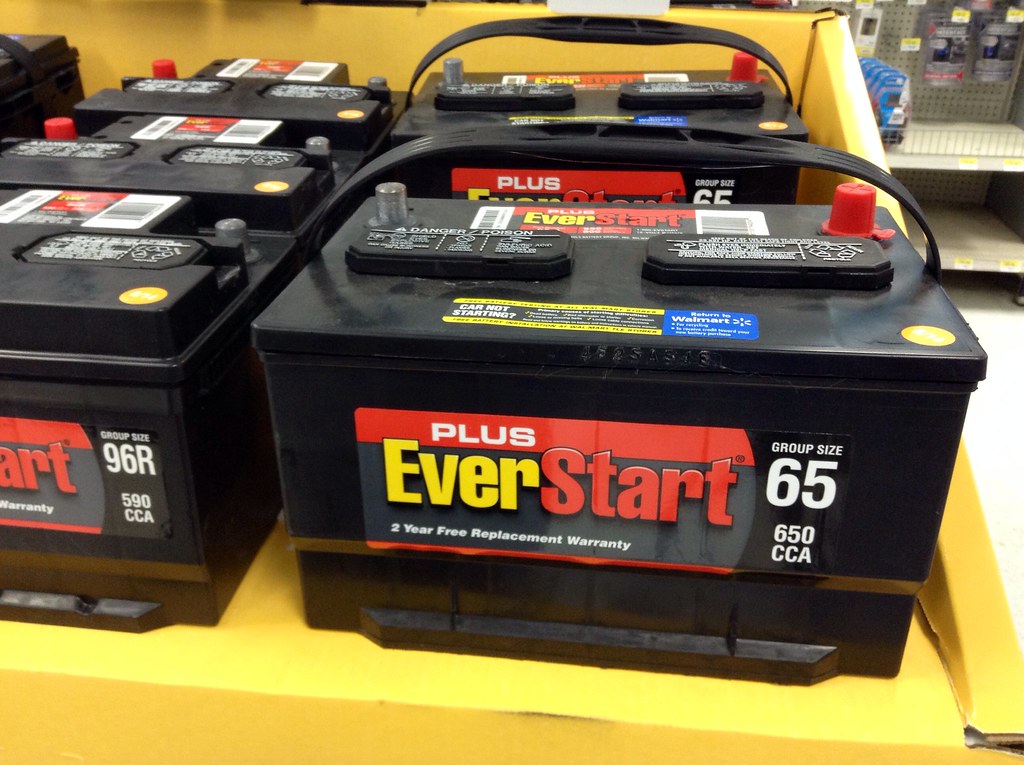
5. **Ignoring Battery Voltage Compatibility**In the realm of jump-starting, assuming that all car batteries operate at the same voltage is a mistake that can lead to significant and expensive damage. While most modern passenger vehicles utilize 12-volt (12V) batteries, there are exceptions, particularly among larger trucks, specialty vehicles, or older models, which might use 6-volt (6V) or even 24-volt (24V) systems. Ignoring the need for compatible voltage between the dead vehicle and the donor vehicle is a critical oversight that can have severe repercussions for their sensitive electrical systems.
Attempting to jump-start a 12V vehicle with a 24V system, for example, will introduce an excessive amount of voltage into the 12V car’s electrical components. This sudden surge of power can instantly overload and fry the vehicle’s wiring, blow fuses, damage the alternator, and most critically, destroy the Engine Control Unit (ECU) or other onboard computer systems. Repairing or replacing an ECU can be an incredibly costly endeavor, easily surpassing the value of the jump-start itself.
Conversely, trying to jump-start a vehicle with a 24V battery using a 12V donor vehicle will likely result in insufficient power transfer. The 12V battery simply won’t have enough voltage to adequately charge or crank the larger 24V system, making the attempt futile. Even if some power transfer occurs, it could strain the 12V donor battery, leading to its rapid discharge or even damage if sustained for too long without adequate charging from its own alternator.
To prevent this mistake, it is absolutely essential to verify the voltage of both vehicles’ batteries before making any connections. The battery’s voltage rating is typically clearly marked on the battery itself, or you can consult the vehicle’s owner’s manual. In situations where there’s any doubt, a multimeter can be used to quickly and accurately check the voltage of both batteries. Ensuring that both batteries are 12V and have similar voltage levels is a non-negotiable step for a safe jump-start.
This compatibility check extends beyond just the nominal voltage; it also involves ensuring that the current charge levels are not drastically different. While both batteries should be 12V, a severely depleted battery being jumped by a very weak donor battery can also cause issues. The donor battery should ideally be in good condition and hold a charge close to its full capacity to provide sufficient power. By meticulously confirming voltage compatibility, you protect both vehicles from potentially devastating electrical damage, ensuring a successful and safe recovery.
Read more about: Hybrid Car Battery Woes: An In-Depth Guide for Savvy Owners to Avoid Thousands in Repairs

6. **Ignoring Personal Safety Precautions**While the focus on jump-starting often revolves around protecting the vehicles, neglecting personal safety precautions is a grave mistake that can lead to serious injuries. The process of transferring electrical power from one car to another involves inherent risks, including exposure to high voltage, corrosive battery acid, and flammable gases. Failing to equip yourself with basic protective gear or to observe general safety guidelines can turn a routine car repair into a trip to the emergency room.
One of the most crucial personal safety items is a pair of heavy-duty gloves. These protect your hands from potential electrical shocks, especially if the cable insulation is compromised or if you accidentally touch live terminals. More importantly, gloves offer a vital barrier against battery acid. Batteries contain sulfuric acid, which is highly corrosive and can cause severe chemical burns upon contact with skin. Even minor leaks or splashes can be dangerous, making hand protection essential for any interaction with a battery.
Equally important is eye protection, such as safety goggles or glasses. As previously discussed, jump-starting carries the risk of sparks, arcing, and even battery explosions. Should a battery rupture, corrosive acid and battery fragments can be propelled with considerable force, causing irreversible eye damage. Wearing robust eye protection creates a physical shield, safeguarding your vision from these unpredictable hazards. This simple piece of gear can be the difference between a successful jump-start and permanent injury.
Beyond personal protective equipment, general safety awareness is paramount. Always ensure that both vehicles are turned off and their parking brakes are engaged before making any connections. This prevents accidental movement of the vehicles and ensures that no electrical systems are actively drawing power during the connection process, which can reduce the risk of sparks. Work in a well-ventilated area to dissipate any hydrogen gas emitted by the battery, further minimizing the risk of explosion.
Furthermore, avoid wearing loose clothing or jewelry that could get caught in moving engine parts or conduct electricity. Remove any metal items like rings or watches, as these can create a direct path for electricity if they accidentally contact terminals, leading to burns or short circuits. By diligently observing these personal safety precautions—wearing gloves and eye protection, securing vehicles, and being mindful of your surroundings—you prioritize your well-being, transforming a potentially hazardous task into a far safer and more controlled operation. Your personal safety should always be the top priority.
Read more about: Buyer Beware: Navigating the Complexities of Convertible Tops – 12 Critical Issues That Could Ruin Your Summer Drive
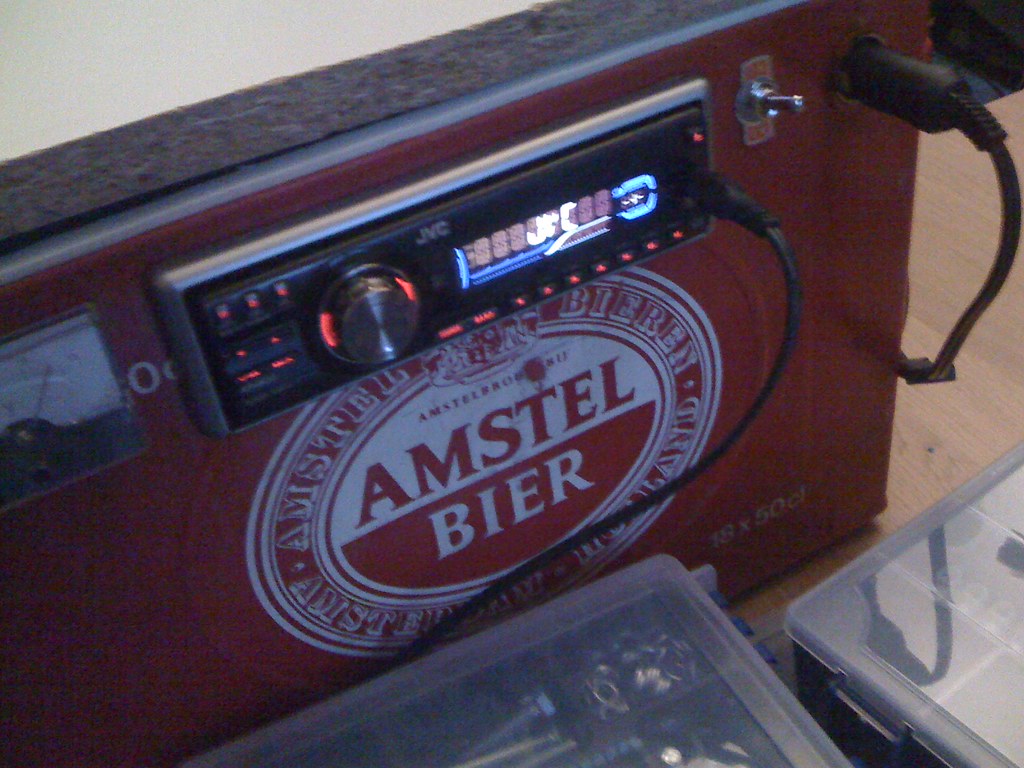
7. **Jump-Starting a Frozen Battery**Attempting to jump-start a frozen battery is a critical mistake that can lead to severe damage and personal injury. In cold climates, water within the battery’s electrolyte can freeze, especially if the battery is deeply discharged. When water freezes, it expands, which can cause the battery casing to crack or rupture. A visibly damaged battery, showing cracks, leaks, or excessive swelling, should never be subjected to a jump-start under any circumstances.
Applying a sudden surge of electrical current to a frozen or physically compromised battery can exacerbate the damage. The rapid influx of power can heat the frozen electrolyte quickly, causing further expansion and potentially leading to a violent explosion. This explosion can spray highly corrosive battery acid and sharp fragments, posing extreme risks of chemical burns, eye damage, and other serious injuries to anyone nearby. It transforms a simple inconvenience into a dangerous emergency.
Before considering a jump-start in freezing temperatures, it is essential to inspect the battery thoroughly for any signs of freezing or damage. If the battery feels unusually cold, appears swollen, or shows any visible cracks, it is likely frozen. The correct procedure in such a scenario is to move the vehicle or the battery to a warm environment, allowing it to thaw completely and safely. Once thawed, the battery should be inspected again for any residual damage before attempting a charge or replacement.
Even after thawing, a battery that has been frozen may have suffered internal damage that compromises its ability to hold a charge or operate safely. A frozen battery should never be jump-started; instead, it is often best to replace it. Prioritizing safety over a quick fix in these situations can prevent significant property damage and personal injury, underscoring the importance of assessing battery condition carefully before any electrical interventions.
Read more about: Unlock Your Car’s Full Potential: 14 Simple DIY Maintenance Tasks Every Driver Must Master for a Longer, Safer Ride
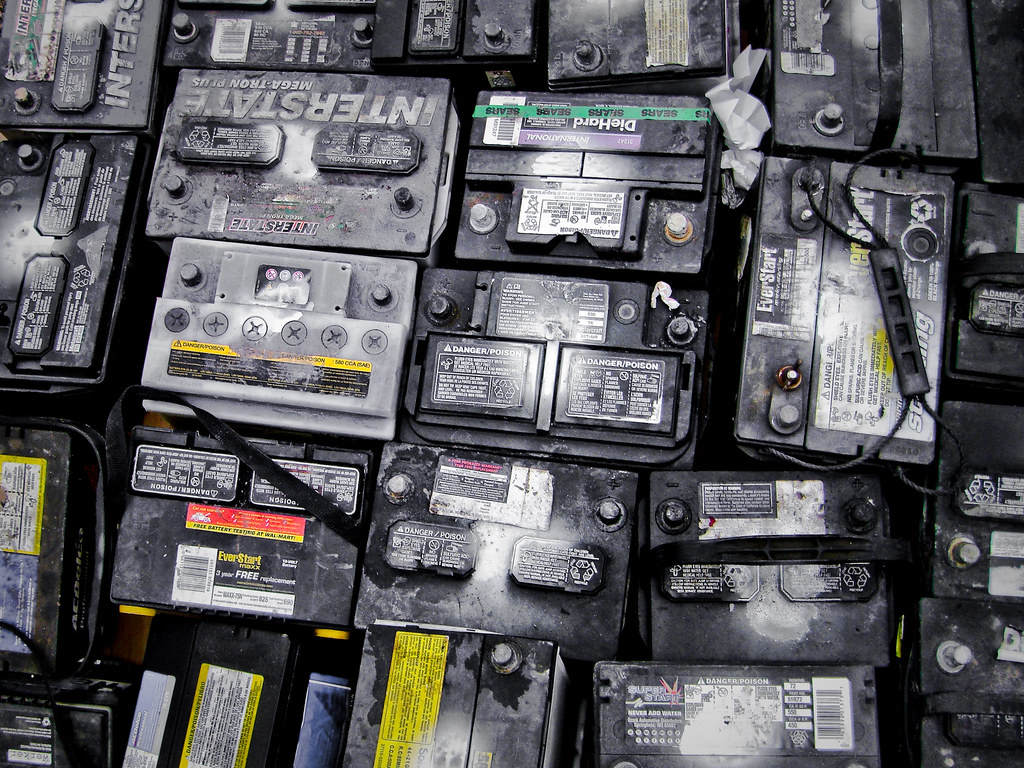
8. **Relying on a Jump Start for a Faulty Battery**A common misconception is that a jump-start is a permanent solution for a dead battery. In reality, it is a temporary fix designed to get your car running. Continually relying on jump-starts for a battery that frequently dies is a significant mistake, indicating an underlying problem that a jump-start cannot resolve. If your battery repeatedly loses its charge, it likely signals an issue with the battery itself or the car’s broader charging system.
The battery might be old and no longer capable of holding a charge effectively. Most car batteries have a lifespan of 3 to 5 years, and beyond this period, their internal components degrade, reducing their capacity. Repeated failures to start, even after successful jump-starts, are a clear indication that the battery’s internal health is compromised. In such cases, a jump-start merely provides enough power for a single ignition cycle, without addressing the fundamental inability of the battery to retain power.
Beyond an aging battery, persistent dead battery issues can point to problems within the vehicle’s charging system. A faulty alternator, for example, might not be adequately recharging the battery while the engine is running. Loose connections in the battery terminals or wiring can also prevent proper charging. Furthermore, a parasitic battery drain, where electrical components continue to draw power even when the car is off, can slowly deplete the battery over time. None of these issues can be fixed by a simple jump-start.
Therefore, if your battery frequently requires jump-starting, it is crucial to seek professional assistance. A mechanic can perform diagnostic tests to check the battery’s voltage and overall health, inspect the alternator’s output, and identify any parasitic drains. Addressing these underlying issues is essential for long-term vehicle reliability and prevents the cycle of repeated jump-starts, which can also prematurely wear out starter motors and put unnecessary strain on other electrical components. Jump-starting should be a rare emergency measure, not a routine necessity.
Read more about: 15 Essential Car Maintenance Checks to Shield Your Wallet and Drive Safely: A Consumer Reports Guide to Preventing Roadside Breakdowns

9. **Not Allowing the Car to Run Long Enough After Jump-Starting**Once a successful jump-start has been performed and the dead car’s engine is running, a critical follow-up step that is often overlooked is allowing the vehicle to run for an adequate period. Immediately turning off the engine after it starts can prevent the battery from recharging sufficiently, leaving you susceptible to another dead battery shortly thereafter. The purpose of the jump-start is not just to start the car, but to enable its own charging system to replenish the depleted battery.
To ensure the battery receives a meaningful charge, it is recommended to let your car idle or drive for at least 20 to 30 minutes. During this time, the car’s alternator works to convert mechanical energy into electrical energy, which is then directed to recharge the battery. A shorter running period will only provide a minimal surface charge, leaving the battery largely depleted and likely to fail again, especially if the car is turned off and then left to sit for a while.
This continuous running time is vital because car batteries require a sustained flow of current to rebuild their charge effectively. Driving the vehicle, even for a short distance, can be more effective than idling, as the alternator typically operates more efficiently at higher engine RPMs. However, if driving is not immediately possible, idling for the recommended duration is still far better than cutting the engine prematurely. This step allows the battery to absorb enough energy to reliably start the car on its own for subsequent uses.
Neglecting this post-jump running time effectively negates much of the effort of the jump-start. You risk finding yourself in the exact same predicament—a car that won’t start—soon after. Ensuring the vehicle runs long enough allows its electrical system to properly restore the battery’s charge, preventing recurring issues and affirming the successful completion of the jump-start process. This simple act of patience saves time and frustration down the road.
Read more about: Your New Secret Weapon: 10 AI Tools That Deliver 20+ Hours Back to Your Week
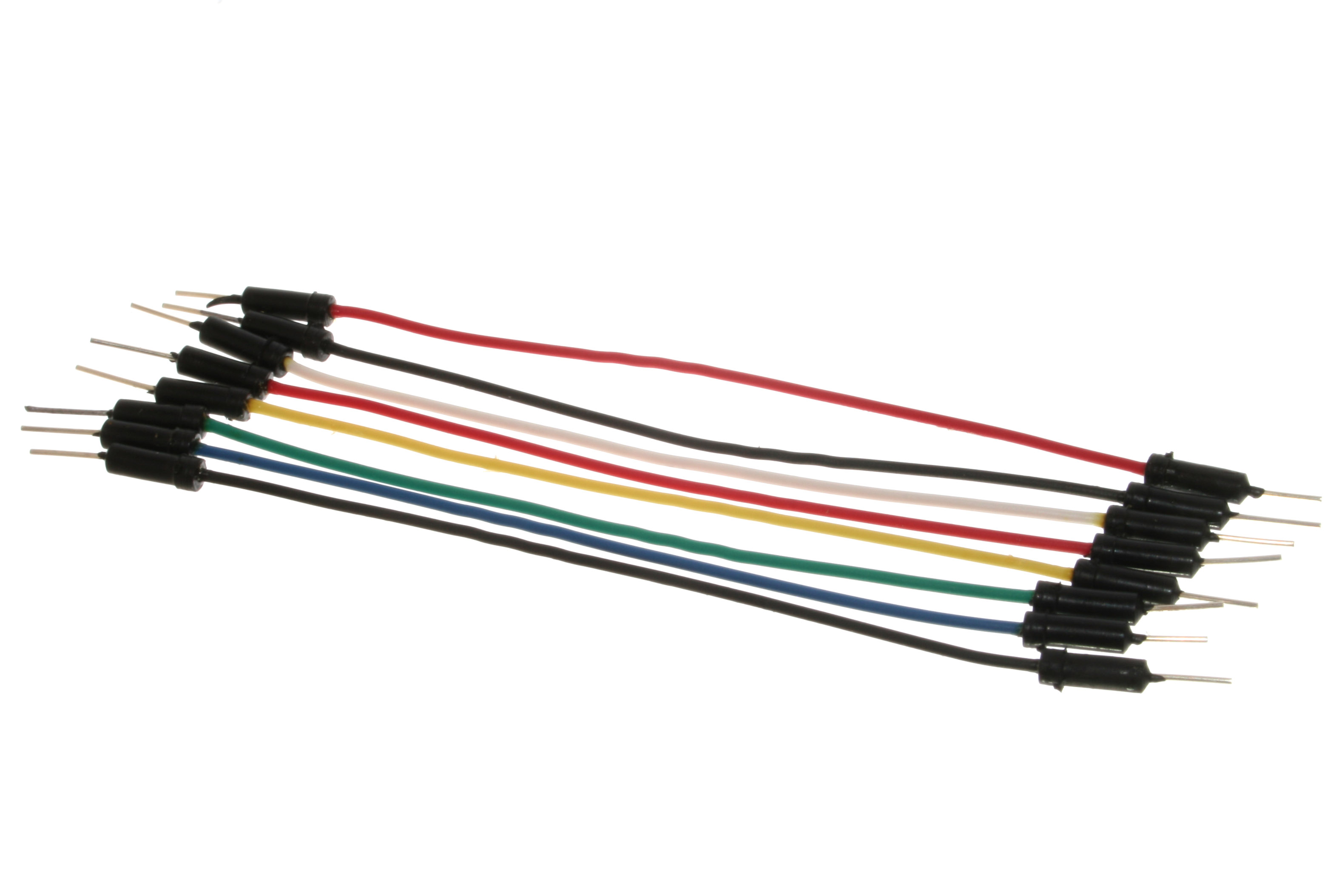
10. **Leaving Jumper Cables Connected Too Long**While allowing the car to run for a period after a jump-start is crucial, leaving the jumper cables connected for an excessive duration is another common mistake that can lead to adverse effects. Prolonged connection of jumper cables is not beneficial and can potentially cause damage to both the dead battery and, more concerningly, the electrical system of the assisting vehicle. This mistake often stems from a misunderstanding of how the charging process works.
When the dead car starts, its own alternator immediately takes over the charging duties for its battery. At this point, the jumper cables have served their primary purpose of initiating ignition. Keeping them connected beyond this point can introduce unnecessary strain. The assisting vehicle’s alternator and battery are designed to handle the charging needs of a single vehicle, not to provide continuous, high-current charging for another deeply depleted battery indefinitely.
Specifically, leaving the cables connected for too long can overcharge the dead battery, though this is less common with modern alternators. More significantly, it can lead to an excessive draw on the assisting vehicle’s electrical system. The assisting car’s alternator may be forced to work harder than intended to meet the demands of both vehicles, potentially causing it to overheat or wear out prematurely. This unnecessary strain can reduce the lifespan of the donor vehicle’s components.
Furthermore, prolonged connections risk a reverse flow of current if there’s an imbalance in charge, or simply maintain an open, high-current pathway for longer than needed, increasing the chance of accidental short circuits or sparks if the cables are jostled. Once the dead car is running, the safest and most effective procedure is to disconnect the cables in the prescribed reverse order promptly. This action protects both vehicles from potential damage caused by over-exertion or prolonged, unnecessary electrical connections, ensuring a clean and safe break.
Read more about: 15 Trucks Owners Wish They Never Bought: Unpacking the Crippling Costs and Regrets
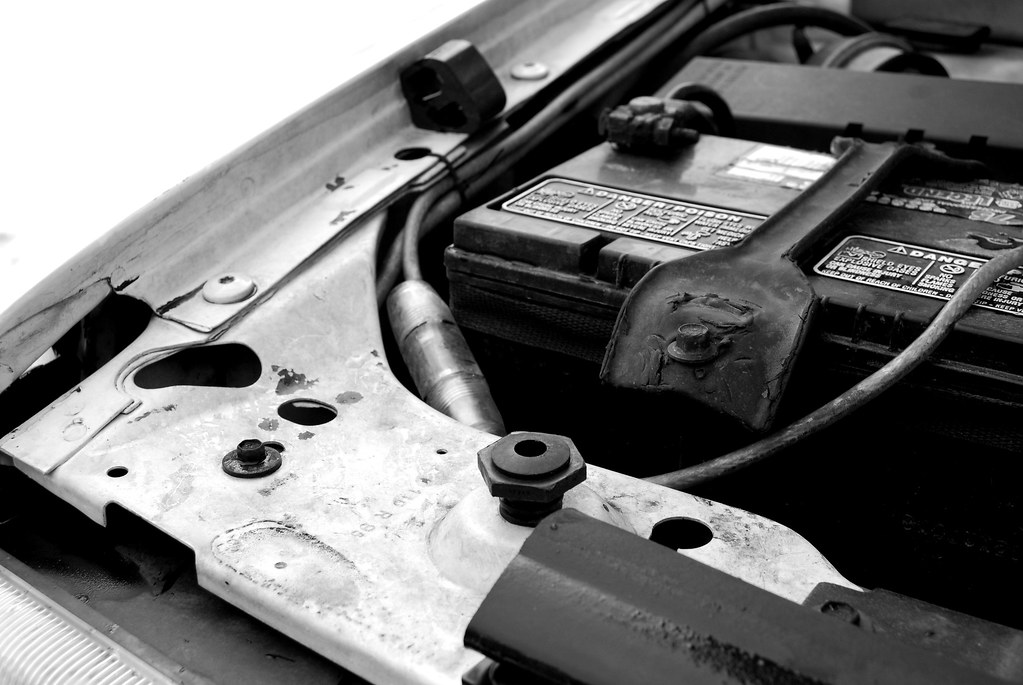
11. **Attempting to Jump-Start with a Weak Donor Battery**One often-overlooked aspect of a successful jump-start is the condition of the donor battery. Attempting to jump-start a dead vehicle using an assisting car with a weak or partially depleted battery is a mistake that can leave both vehicles stranded. The donor battery must be in good health and possess sufficient charge to provide the necessary burst of power to awaken a dead engine. A weak donor battery simply won’t be able to deliver the robust current required for ignition.
If the assisting battery is weak, it may not provide enough power to effectively start the dead car. A fully charged 12V battery typically reads around 12.6V, but a partially discharged one may read closer to 12V or even lower. If the donor battery’s voltage is already low, it will struggle to transfer the high amperage needed to crank a severely depleted battery. This often results in prolonged cranking attempts, which further drain the weak donor battery and put unnecessary strain on its electrical system.
Using a weak donor battery can also lead to a scenario where both batteries end up discharged. The strenuous demand of jump-starting can rapidly deplete the already weak assisting battery, leaving both vehicles inoperable. This is particularly problematic if the donor vehicle’s alternator is also struggling, as it won’t be able to recover its own battery effectively after the attempt. It transforms a single problem into a double dilemma, requiring additional assistance.
To avoid this mistake, the donor vehicle should ideally have a battery that is in good condition and holds a charge close to its full capacity. Before attempting to jump-start, it is prudent to ensure the assisting vehicle has been running for a few minutes to allow its own battery to be fully charged by its alternator. If there’s any doubt about the donor battery’s strength, it’s safer to use a portable jump starter or seek assistance from a vehicle with a reliably strong battery to ensure an effective and safe power transfer.
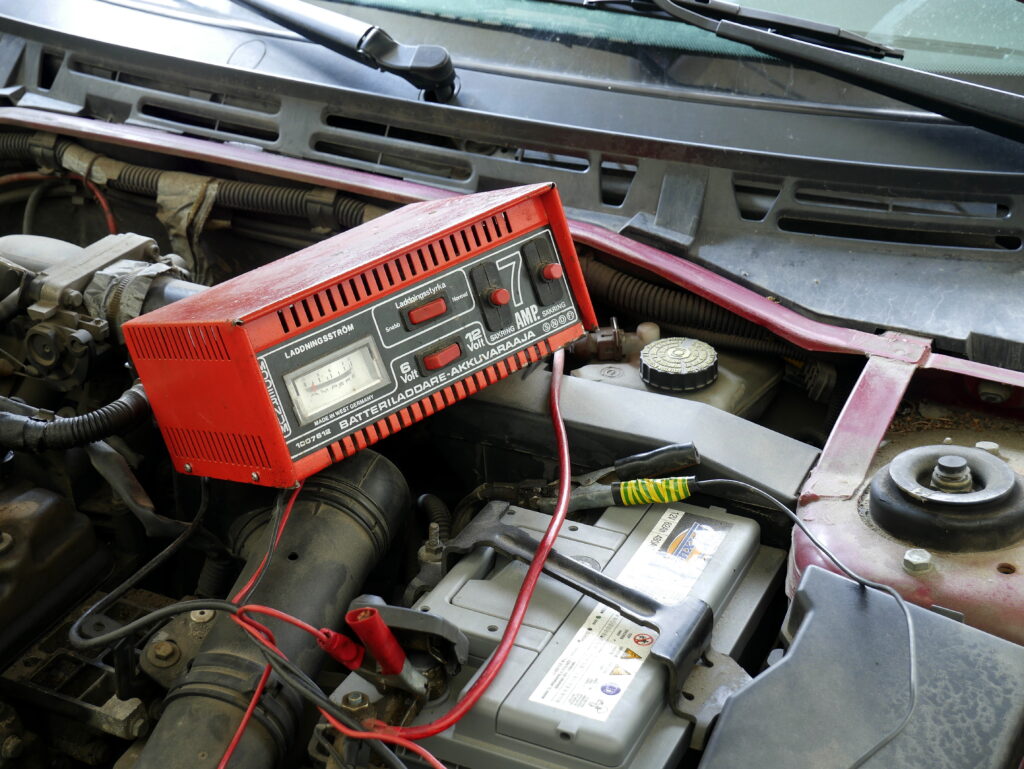
12. **Jump-Starting a Lithium-Ion Battery or Other Specialty Batteries**While traditional lead-acid batteries are commonly found in most passenger vehicles and are generally compatible for jump-starting, assuming all car batteries are the same is a critical error. Attempting to jump-start a lithium-ion battery, or other specialty battery types, with conventional methods can be extremely dangerous and cause irreparable damage. Lithium-ion batteries, found in some electric vehicles (EVs) or hybrid electric vehicles (HEVs), operate with different voltage requirements and charging characteristics than standard lead-acid batteries.
Lithium-ion batteries typically have much higher voltage risks compared to 12V lead-acid systems. Applying a standard 12V jump-start to a high-voltage lithium-ion system can lead to severe electrical damage, including short circuits, overheating, and even thermal runaway, which can result in a fire or explosion. These battery types require specialized charging equipment and procedures, often necessitating professional assistance or specific jumper packs designed for high-voltage systems, not standard jumper cables.
Beyond lithium-ion, other battery types like AGM (Absorbent Glass Mat) and gel batteries, while generally compatible for jumping with each other, still require careful consideration of their voltage and charge characteristics. Mismatched battery types, or trying to jump-start non-automotive batteries like marine or motorcycle batteries without ensuring explicit 12V rating and similar voltage levels, can lead to inefficient power transfer or damage. Such attempts might not only be ineffective but could also strain both batteries and their associated electrical systems.
It is paramount to consult the vehicle’s owner’s manual before attempting any jump-start, especially if there’s uncertainty about the battery type. The manual will provide specific instructions and warnings regarding jump-starting procedures for that particular vehicle’s battery system. Failing to adhere to these specialized guidelines when dealing with non-traditional or high-voltage battery types can result in costly damage to complex vehicle electronics and pose significant safety hazards to those involved. Always verify battery compatibility and follow manufacturer recommendations to avoid dangerous mistakes.
**Conclusion**
Successfully jump-starting a dead battery is a valuable skill that empowers drivers to overcome a common roadside predicament. However, as this comprehensive guide has underscored, the process is far from foolproof. Every step, from initial cable connection to post-jump procedures, carries specific risks and demands careful attention to detail. Ignoring these crucial safety protocols and technical guidelines can transform a quick fix into an expensive repair bill, significant vehicle damage, or, most importantly, personal injury.
We’ve navigated through the most prevalent pitfalls, from the dangers of reversed polarity and improper grounding to the subtle yet critical errors involving battery condition, cable quality, and post-jump care. The emphasis has consistently been on precision, vigilance, and the use of appropriate tools. Understanding these mistakes isn’t just about memorizing a list; it’s about internalizing the underlying principles of electrical safety and automotive care.
Remember, while jump-starting is an invaluable emergency measure, it should never be seen as a substitute for proper battery maintenance or addressing underlying vehicle issues. Regular inspections, cleaning terminals, driving frequently, and promptly replacing aging batteries are the best defenses against being stranded. For those moments when assistance isn’t available, investing in a portable jump starter with built-in safety features can offer peace of mind and enhance safety.
Ultimately, approaching a jump-start with knowledge and caution ensures a smooth, safe, and successful outcome. By diligently avoiding these common errors, you protect your vehicle, yourself, and anyone assisting you, turning what could be a stressful situation into a manageable one. Stay informed, stay prepared, and keep your vehicle running reliably on the road ahead.

